Cost of Living in Ecuador
The cost of living in Ecuador continues to be very cheap. Prices are on the rise, but compared to life in other parts of the world, you can still live very inexpensively in Ecuador.
My Monthly Expenses
Updated August 2020
I live in Tena, a mid to small sized city in the jungle region of Ecuador. Check out my family of three's monthly cost of living in US dollars.
Please note: These figures are an accurate representation of our spending each month. However, I am a frugal person by nature. I don't "splurge" on much more than ice cream or dinner out.
- Rent: I have my own house, so we do not pay rent. My property tax last year was just under $50 averaging out to just over $4 per month. The tax goes up a bit each year and if ever we were to get a paved or block road out front that amount could go up drastically. (An average rent for a 2-3 bedroom house in Tena costs about $250 per month.)
- Electricity: I pay on average $25 per month...I don't skimp too much on electricity. We regularly run two electric showers, energy efficient refrigerator and light bulbs, computer and TV/DVD.
- Water: $5 per month...includes $2 for trash collection.
- Food: Hard to calculate, but I'd say about $400 per month. Food prices have gone up a lot over the last few years. It takes time to shop around and keep costs down.
- Transport: $20. Taxi prices have gone up this year by 25%. So we take the bus or walk. We do travel outside the province every few months by bus; mostly to Puyo or Quito.
- Phone and Internet: We have a prepaid Internet plan for $40 per month. Our landline phone gets a lot of use and is costing us about $20. I'm not a big cell user, but I do spend about $10 per month on my "pay-as-you-go" cell.
- Cable TV: Monthly Plan $15
- My total average: $535 per month So if we paid rent we would be closer to $800 per month.
Recently, my husband has been working in Tena, instead of going back to the States. So we've been trying to live on just what he makes and keep our savings intact.
We've been able to live on just over $450 per month for almost three years. Of course during those months we were unable to eat out more than once or twice and there wasn't money for "extras" like DAILY ice creams or taxi rides home. But it can be done!
During the pandemic we've lived on even less...no taxis, no buses and nothing to do other than go to the grocery store. The only splurge to be had is to order pizza delivery. Of course, we don't want it to stay that way.
Your Cost of Living
When calculating your potential cost of living in Ecuador, please factor in such things as hobbies and your own tendencies when shopping and spending. Also note that cost of living is higher in big cities, especially Quito and Cuenca. If you plan to live in these areas I would at least double the above costs for a family of two or three.
The required $800 pension (plus $200 per additional person) for the Retirement Visa is a pretty accurate gauge to go by when figuring a base amount to live on here.
Here's a great blog post about cost of living in Cuenca. The break down of costs is very nicely done.
Common Items
In the last few months cost of living has risen because food prices have been going up, but things are still quite cheap. Here's a sampling:
- Milk: 79 cents to $1 per liter (bag vs carton)
- Coffee: $2 for 1/2 lb ground
- Eggs: 12 cents each or $1.20 per dozen
- Flour: 50 cents per pound
- Avocado: 50 to 75 cents each (depending on size and season)
- Chilean Apples: 35 cents each
- Bottled water: 50 cents (small personal size)
- Bone-in uncooked chicken: $1.50 per pound
Restaurants
Throughout Ecuador you can get a complete meal at lunch. Most restaurants have their daily "almuerzo" menu. An "almuerzo" usually includes soup, a main dish of rice, meat and salad, juice and sometimes even a dessert.
Average price in Tena: $3.
No wonder some say it's almost cheaper to eat out than to cook at home. If you order a meal off the menu other than the daily meal the price runs about $5, unless its seafood then it'd be closer to $8.
Clothing
Things like clothes and shoes vary in price...and quality. All imported items are heavily taxed, often to double the regular price. Thankfully over the course of 2016 many of the taxes are scheduled to be be lowered.
Update 2017! The projected lowering of taxes on imports may be in effect, but the consumer prices have yet to reflect that change.
Due to high prices and often lower quality I prefer not to buy many clothes or shoes in Ecuador. I save that for visits to the States.
If you do need to buy clothes a good option is the "Ropa Americana" stores. Basically, secondhand clothes from the United States (although you can also find some brand new pieces in the mix). The hard part is scavenging for your size, but the prices are usually really good (average $5-8 per item).
July 2020: I was in need of a good pair of sneakers and due to the pandemic I don't think a trip home is on the horizon. I went into a place advertising $15 runners only to find the shoes were like wearing a cardboard box on my feet. So I knew after that I would have to fork out some cash for a good pair of shoes. Imported name brand shoes cost between $80 and $120. I ended up getting a 10% off "deal" on a pair of Nike's: $97.
Fuel
Gasoline prices are very cheap especially when I think back to paying $3-4 per gallon when we lived in the States. A gallon of regular unleaded (Extra) has been holding right close to $1.50 per gallon. Super is closer to $2. And diesel is just over the dollar mark.
Gasoline in Ecuador is subsidized by the government. There has been talks of this being removed. As of July 2020, gas prices will fluctuate with the price of crude oil.
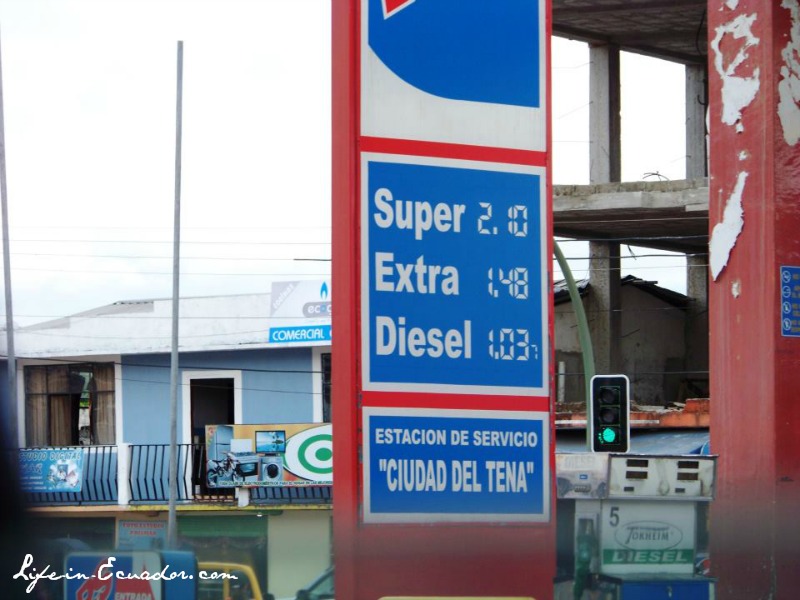
The downside to this is actually buying a car is super expensive. We lived our last 4 years in the States driving a cheap old Honda that cost us $500. I've been told by several people here that you shouldn't expect to buy a decent car in less than $5,000. Ouch! That's for an old car that still runs-comparable to my rusty '92 Honda. Thank goodness for public transportation (a ride on the bus is 30 cents)!
We did buy a car. A '92 Fiat for $3,500. It's old and we can only squeeze in five people, but it comes in handy. The slow depreciation of car prices worked out well for us since we were able to sell the car a few years later for $3,000.
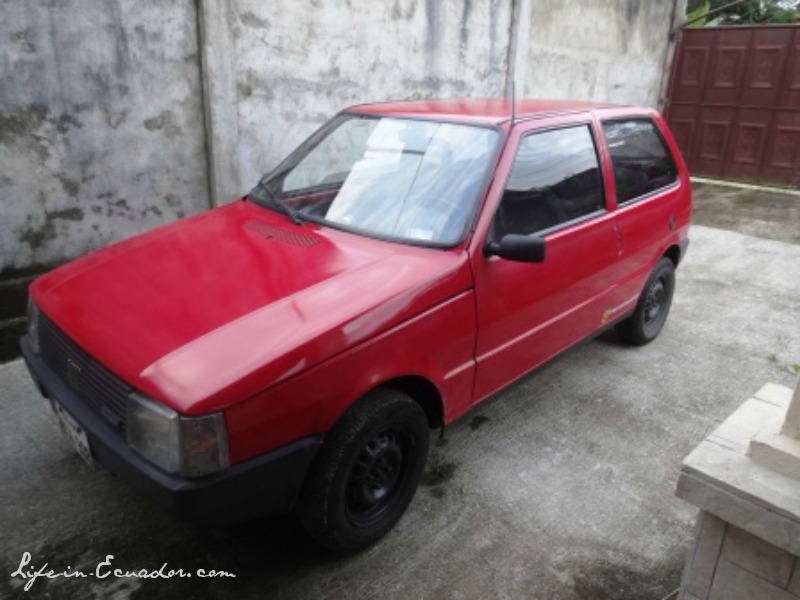
Electricity prices have increased lately for those who consume super, high amounts. We haven't been affected.
One thing that helps to keep the electricity bill down is that almost everyone cooks with gas.
A large cylinder costs around $50 initially, but to exchange an empty for a full tank only costs $3.00. A full tank can last several months depending on how much you cook.
By 2017, the government hopes to switch everyone over to induction cooking, but we haven't heard much about it lately. This will mean higher electricity bills, but the gas tank exchange will be going up to over $20. It's 2020 and this still has not happened. *sigh* Life in Ecuador!
An Additional Resource
Of course all these prices will change depending on where in Ecuador you live. But you get an idea of cost of living in Ecuador. For a detailed list of products and their average price by city... check here.
You may also enjoy these pages...
Home › Moving Checklist › Cost of Living
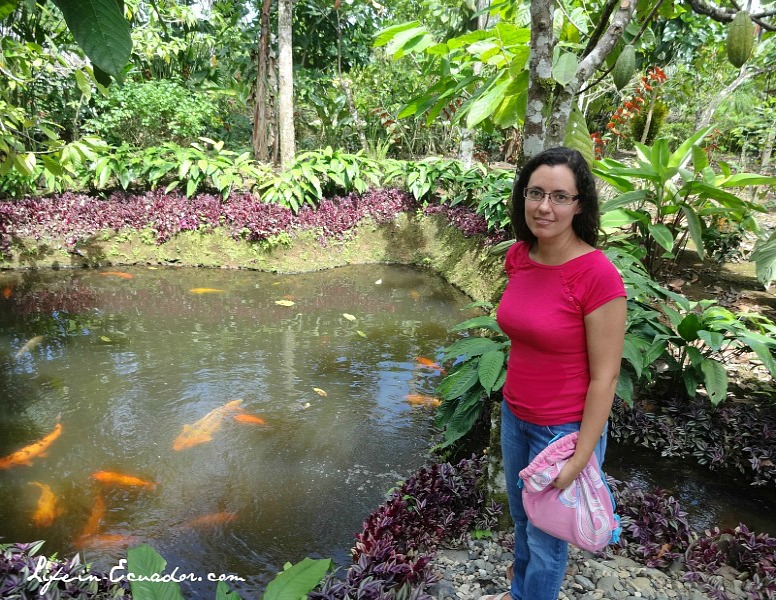
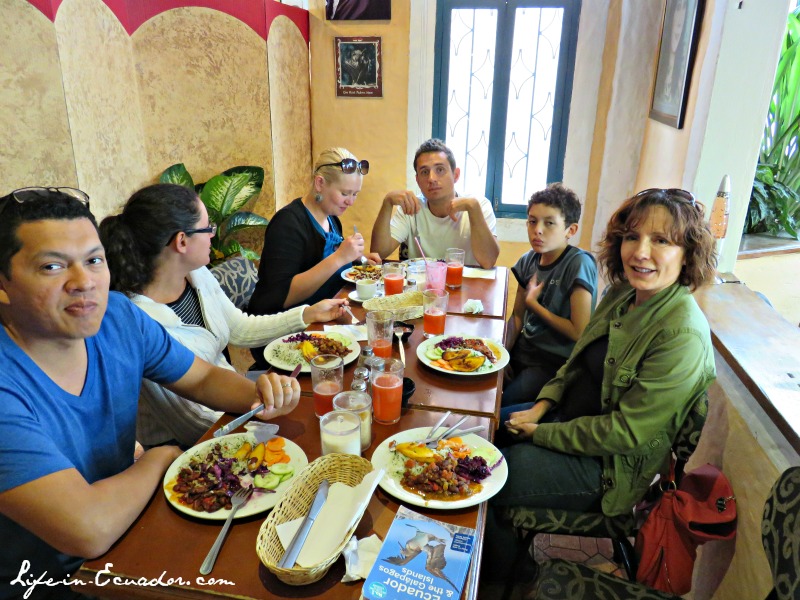
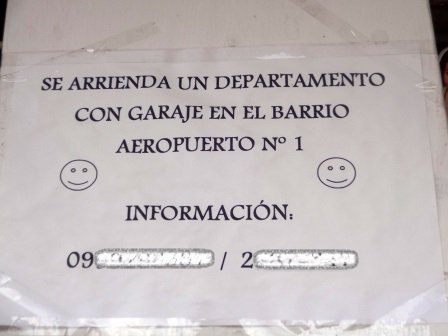
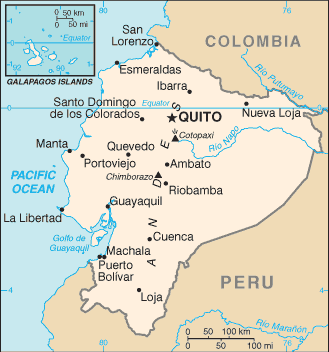





Comments
Have your say about what you just read! Leave me a comment in the box below.